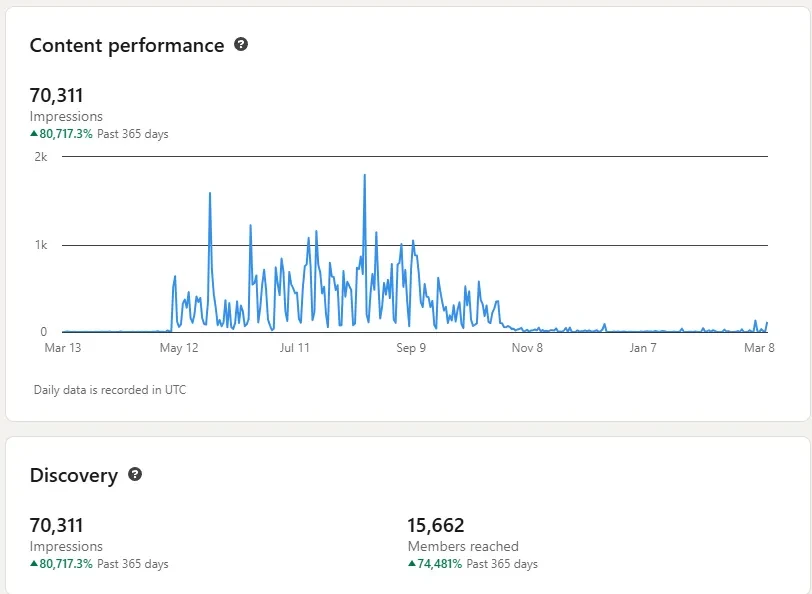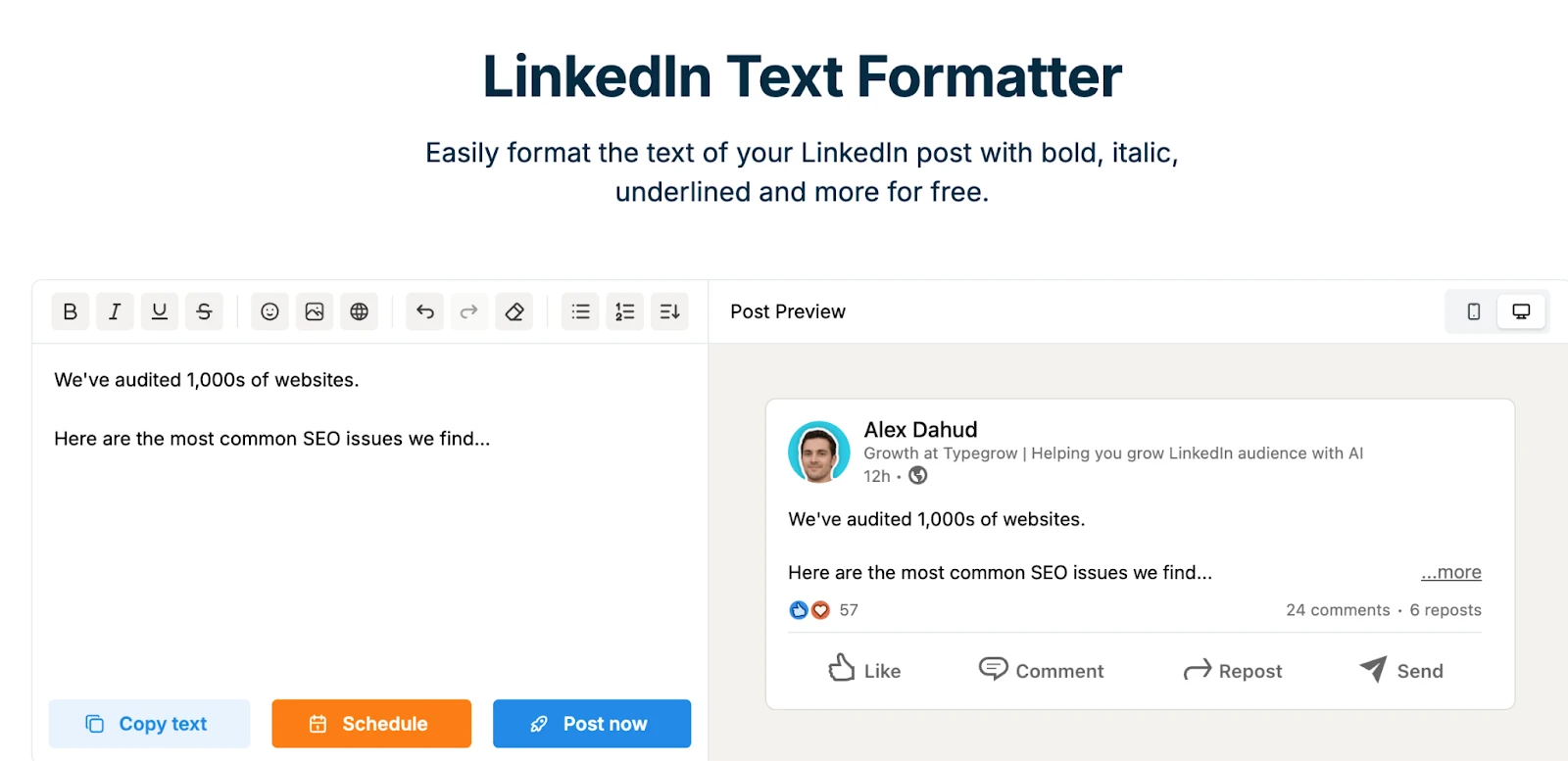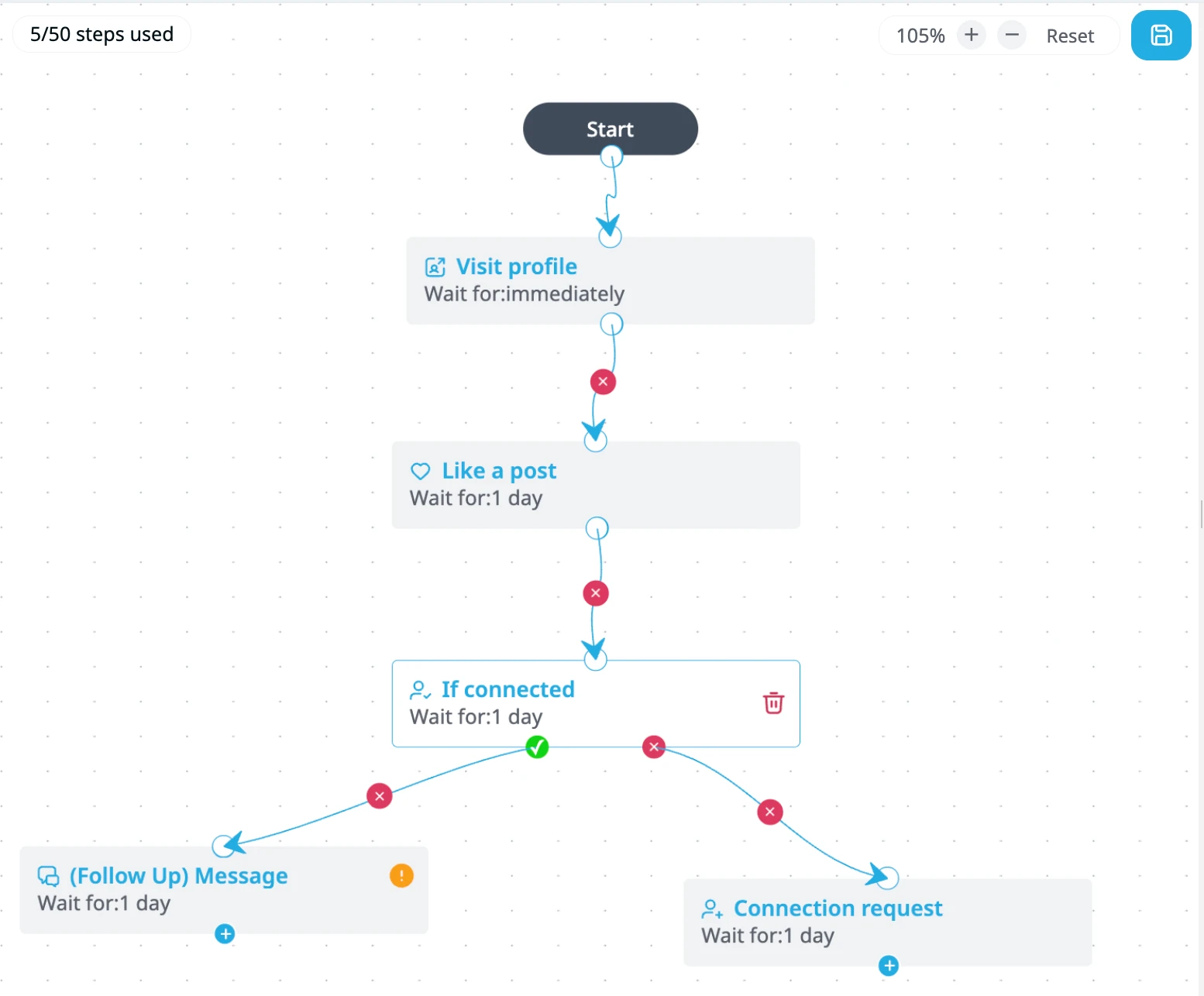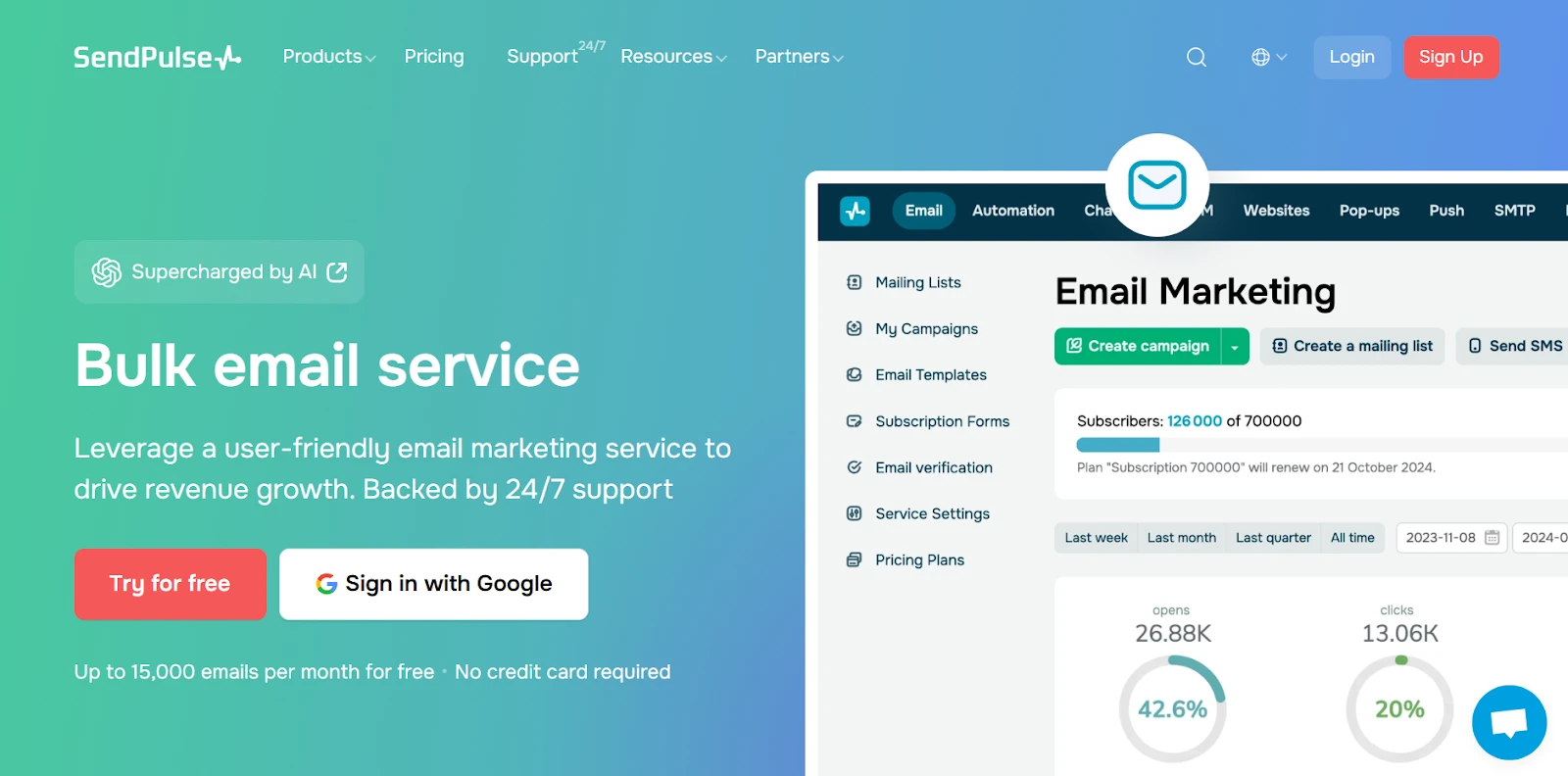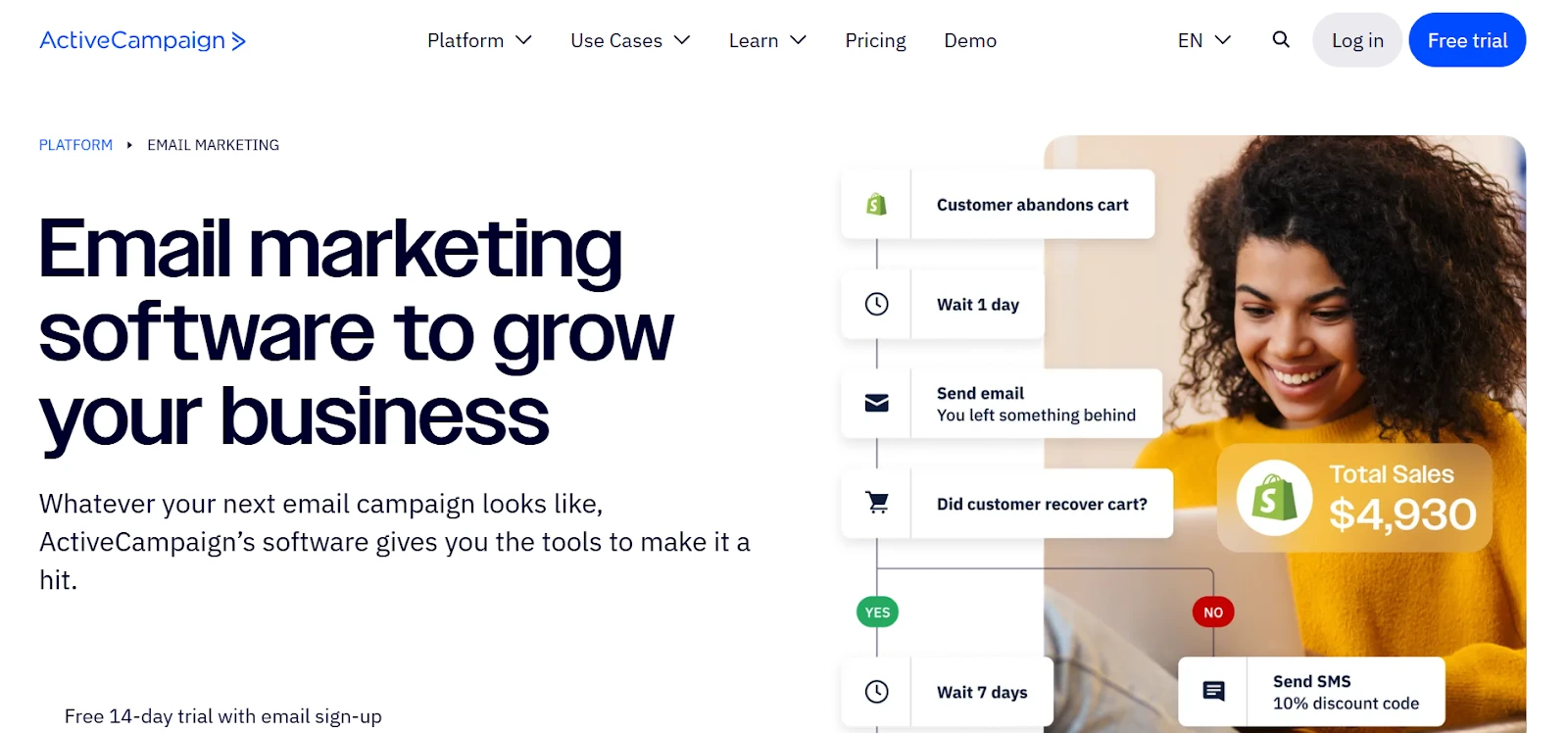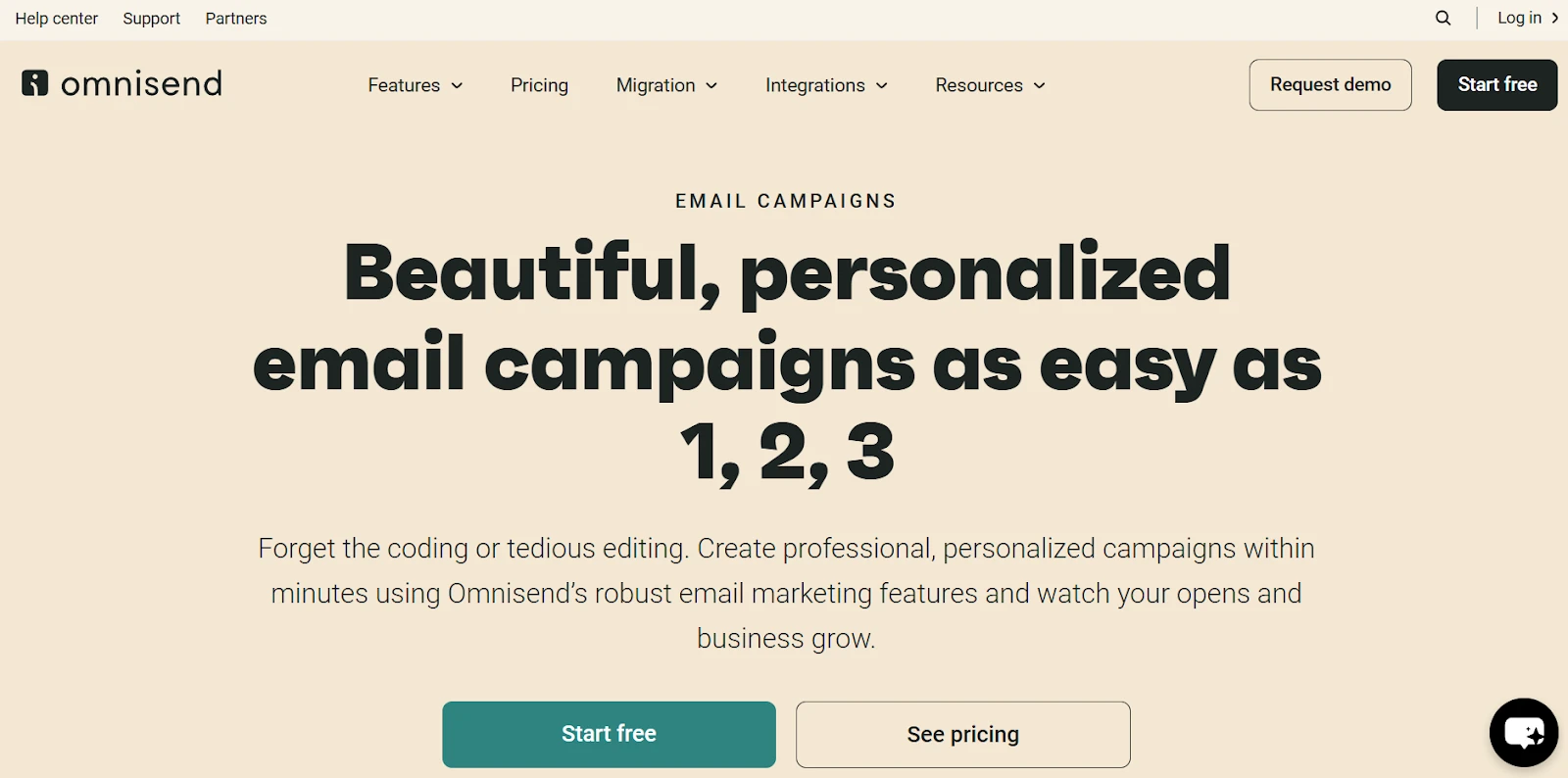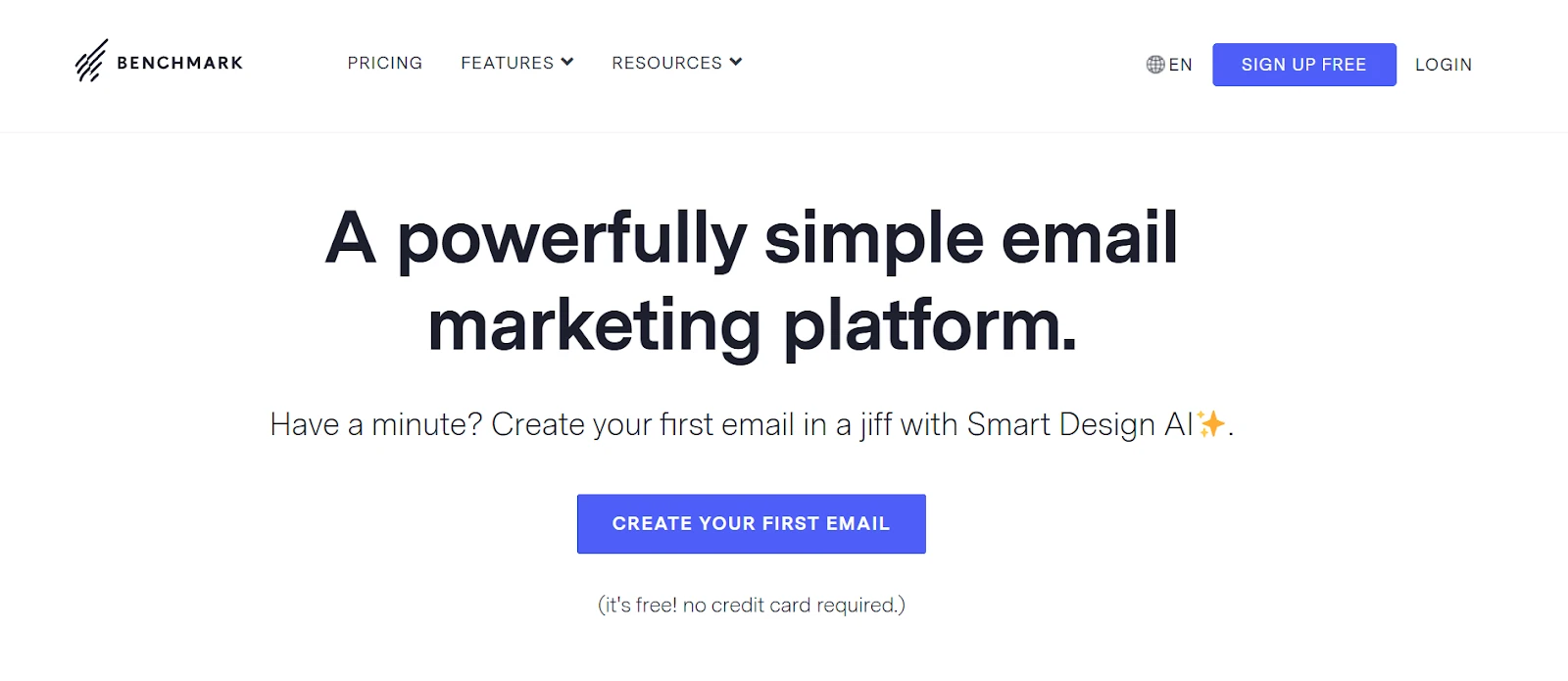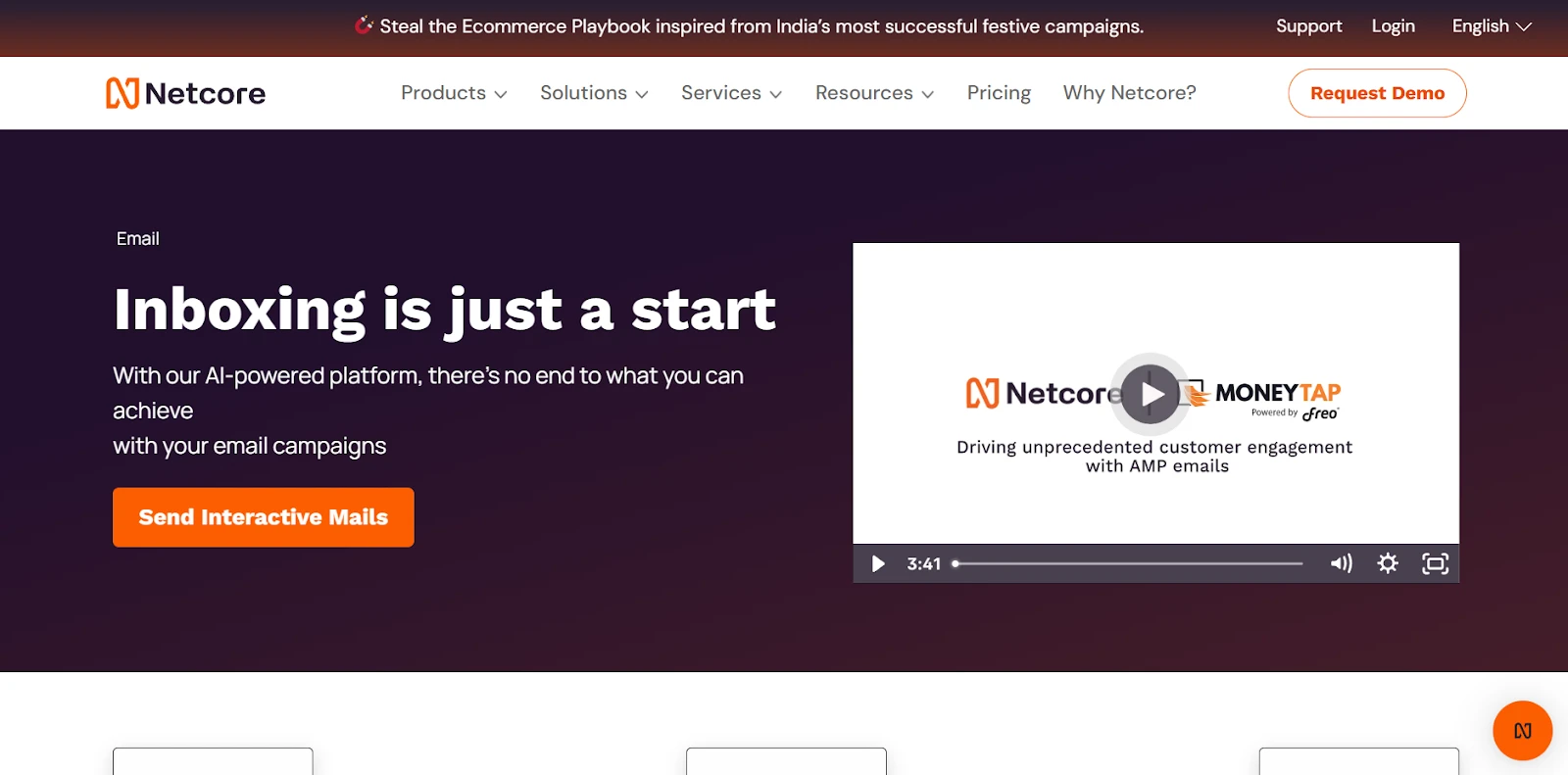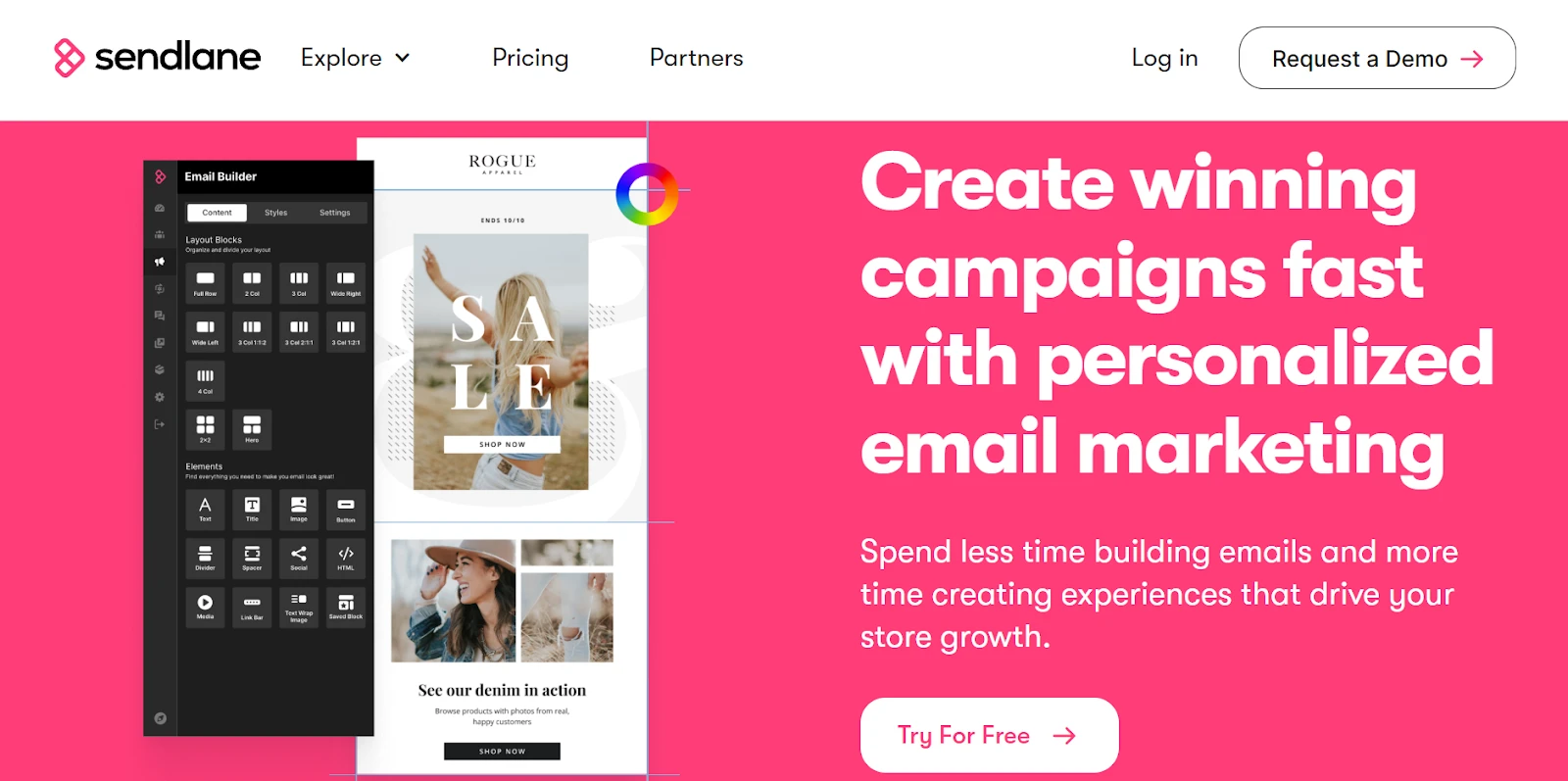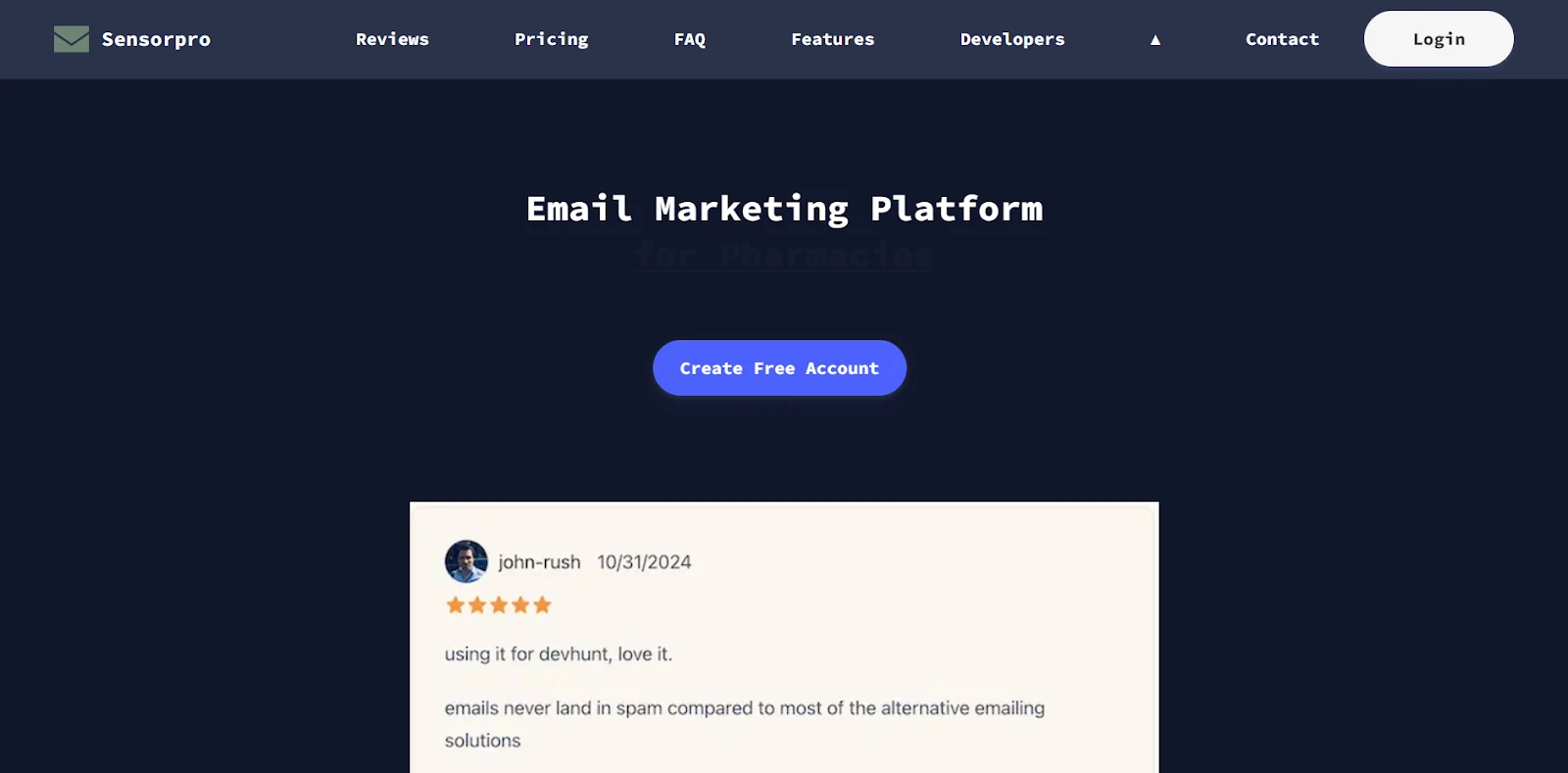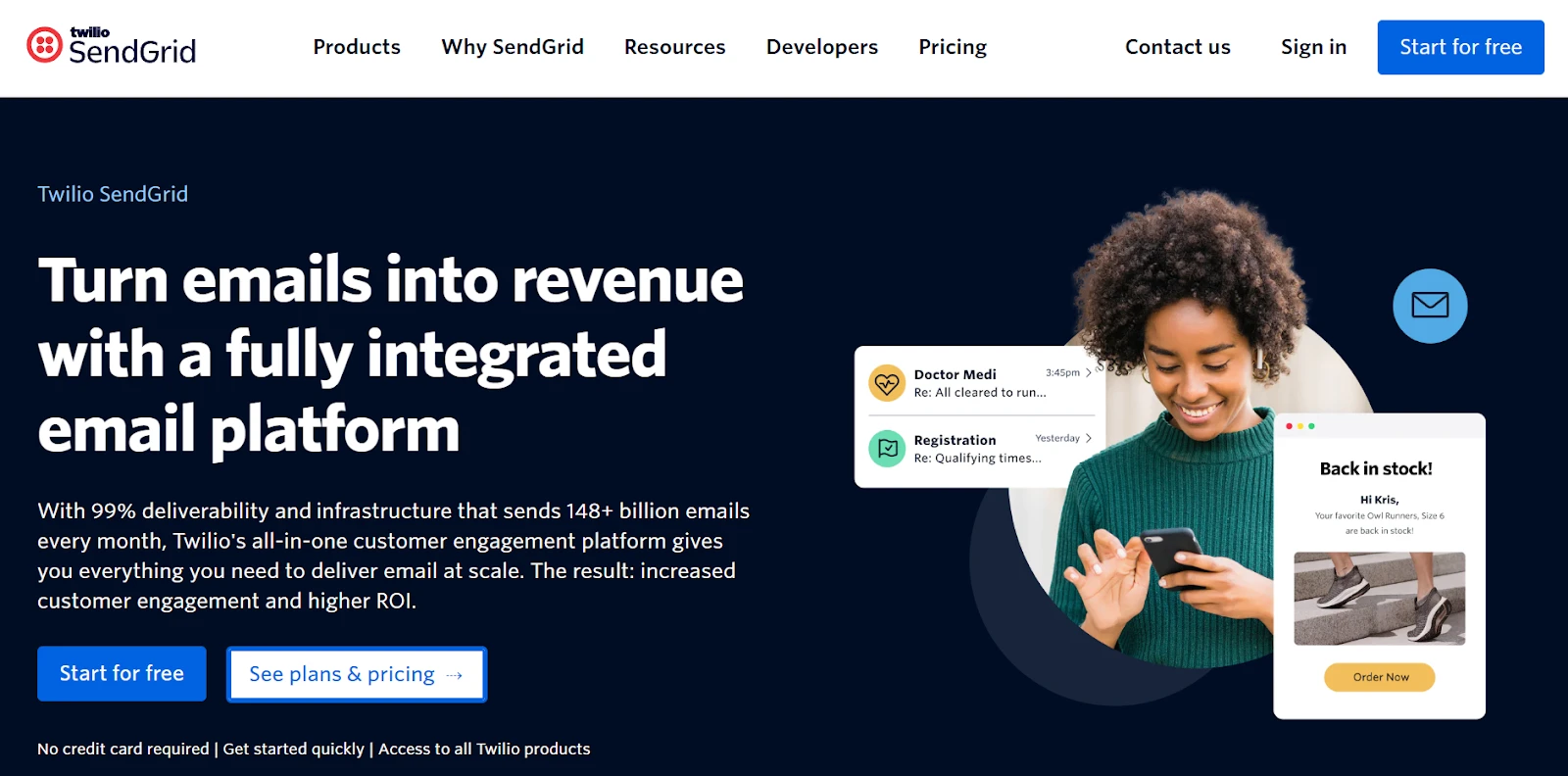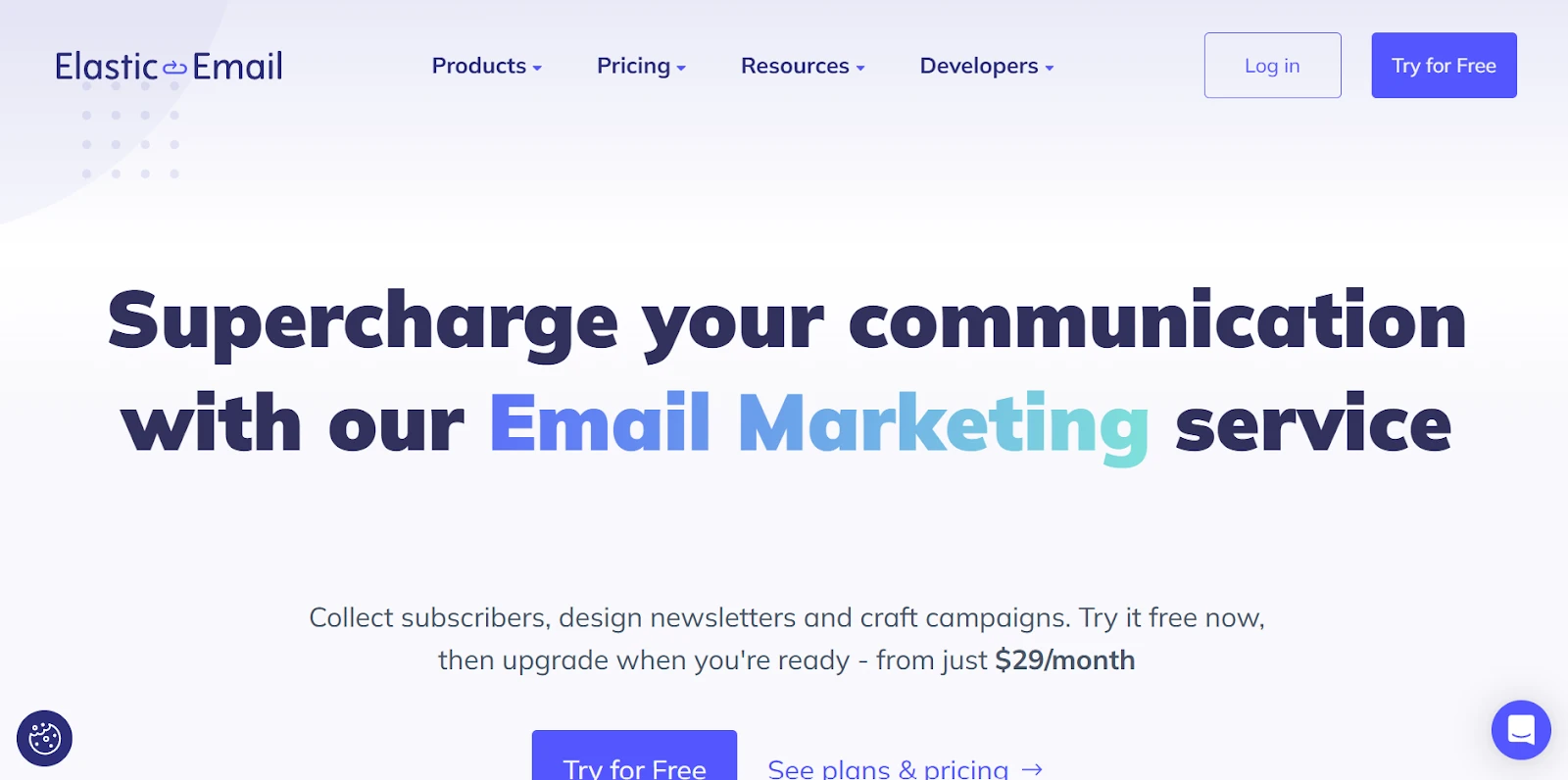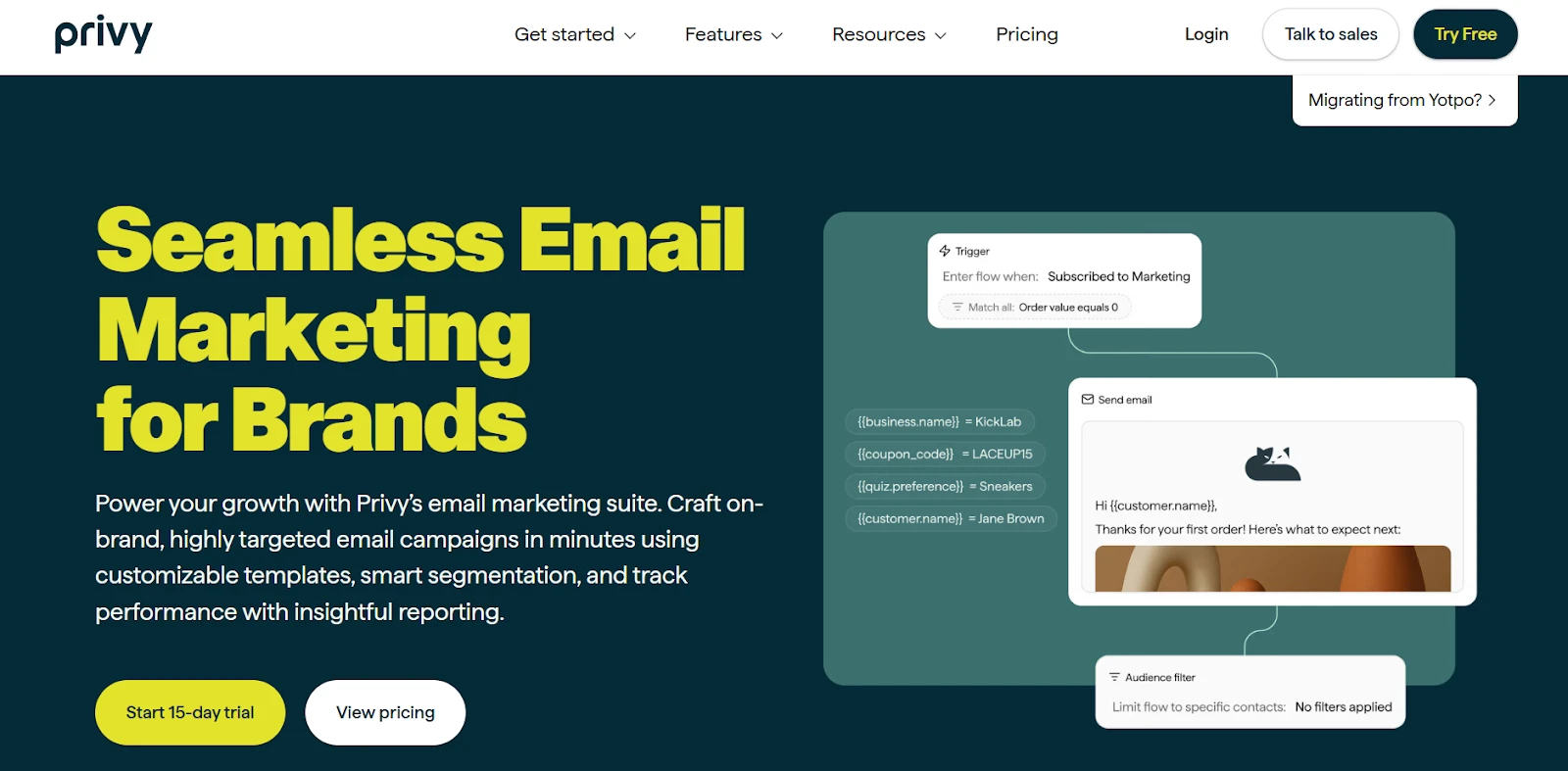Running a business means keeping track of many moving parts. Your contact lists need to stay current across devices. Your online presence needs to reach the right people. Both require systems that work without constant manual fixes.
Most companies handle these tasks separately. They treat data management as one thing and marketing as another. But they share more than you might think. Both need regular maintenance. Both affect how smoothly your business runs.

Why Backlinks Still Help Your Business Get Found
Search engines rank websites based on who links to them. A link from another site acts like a recommendation. More quality links usually mean better search rankings. This brings more potential customers to your site.
Not all links carry the same weight though. A link from a respected industry publication helps more. One from a random blog does less. Search algorithms can tell the difference. They look at the linking site’s authority. They check if it relates to your field.
Building these connections takes time and effort. You need content that other sites want to reference. You need relationships with editors and publishers. Many businesses now work with a guest post service to handle outreach. They also manage placement on relevant sites. This approach saves time. It often produces better results than doing everything yourself.
The Federal Trade Commission requires clear labels on sponsored content. This keeps the process transparent for readers. Working within these guidelines protects your reputation. It also protects your search rankings.
Quality Beats Quantity in Link Building
Ten years ago, some companies bought thousands of cheap links. Search engines caught on fast. Now they penalize sites that use these tactics. One good link beats a hundred poor ones.
What Makes a Link Valuable
Several factors determine if a link helps your site or hurts it. The linking site should cover topics related to yours. Its own traffic matters too. Its authority in the industry counts as well.
Here are the key markers of a quality backlink:
- The link appears in actual content, not a footer or sidebar
- Readers find it useful for learning more about a topic
- The linking page gets regular traffic from real visitors
- The site has a clean history with search engines
- The content around the link makes sense and adds value
Content That Earns Natural Links
The best content solves a real problem for readers. It might explain a complex process in simple terms. It might share research findings that others can reference. It might offer a fresh take on an industry challenge.
Regular audits help maintain link quality. You want to know where your links come from. You want to spot any that might cause problems. Most SEO tools can generate reports showing your profile over time.
How Data Syncing Supports Your Work
While you build your online presence, your internal systems need to keep up. Customer information lives in multiple places. Your email platform has contact details. Your calendar tracks meetings. Your CRM stores communication history.
When these systems don’t match, problems start piling up. Manual updates waste time and introduce errors. Someone changes a phone number in one system. They forget to update the others. You email the wrong address. You show up at the wrong time for a meeting. Small mistakes add up to lost business.
The Benefits of Automated Syncing
Automated syncing prevents these issues before they start. Changes in one location update everywhere else. Your team sees current information no matter which tool they use.
This consistency helps in several ways:
- Projects move faster without data verification delays
- Your business looks more professional to clients
- Team members spend less time on manual updates
- Fewer scheduling conflicts and missed appointments
- Customer service improves with accurate information
The sync process needs to be reliable and secure. Data should transfer without corruption. Personal information requires encryption during transit. Good sync tools offer multiple connection methods. This lets you pick what fits your security needs.
Measuring What Works
Both backlinks and syncing produce measurable results. You just need to know what to track. For links, you measure referring domains and organic traffic. You also track keyword rankings over time. Tools like Google Search Console show which pages attract links. You can see how your visibility changes month by month.
For syncing, you measure time saved and errors prevented. Track how long manual updates used to take. Count how many scheduling conflicts happened before automation. Compare customer satisfaction scores from before and after.
The Small Business Administration notes that measuring performance helps businesses make better decisions. The data shows what deserves more investment. It reveals where to cut back. This applies to marketing tactics and operational tools alike.
Setting Clear Goals
Set specific goals for each initiative you launch. For backlinks, you might aim for five new links per month. Those links should come from sites in your industry. For syncing, you might target cutting data entry time by half. Clear targets make it easier to judge your progress.
Review your metrics monthly at minimum. Look for trends rather than day to day changes. A single good or bad week doesn’t tell you much. Patterns over months reveal what really works for your business.

Getting Both Strategies to Work Together
Your marketing team needs accurate contact lists to reach prospects. They need calendar access to schedule campaigns around company events. When their data stays current, they work more efficiently. This lets them focus on strategy instead of fixing information.
Better internal efficiency also improves content creation. Writers can quickly verify facts with the right people. They can check product details without hunting through old emails. This speed helps you publish more consistently. Consistent publishing supports your backlink efforts.
Starting Small and Scaling Up
Think of these systems as working together. One helps you present a polished face to the world. The other keeps your internal operations running smoothly. Both require initial setup and ongoing attention. Both pay off through compound benefits over time.
Start with the area causing the most problems right now. If you’re losing deals because of poor online visibility, focus there first. If internal confusion is costing hours each week, fix that instead. You don’t need to perfect everything at once.
Test changes on a small scale before rolling them out widely. Try one new link building approach for a month. Sync one critical dataset before expanding to others. Learn what works in your specific situation. Then scale up what proves effective for your team.
Your Questions About Backlinks and Data Syncing
What makes a backlink valuable for my business?
Good backlinks come from sites people actually trust. They sit in real articles, not random sidebars. The site should relate to your industry.
How long does link building take to show results?
You’ll wait a few months before seeing real changes. Check your numbers monthly. One good week means nothing. Patterns over time matter.
Why should I automate data syncing across my systems?
Manual updates eat your time and create errors. Automation fixes contact info everywhere at once. Your team stops wasting hours on data entry.
Can I build backlinks without hiring an agency?
Sure, but it takes serious time. You need relationships with editors. You need solid content. Most businesses hire help so they can focus elsewhere.
How do I measure if my backlink strategy works?
Watch your organic traffic and search rankings each month. Google Search Console shows who links to you. Compare numbers over several months, not weeks.





